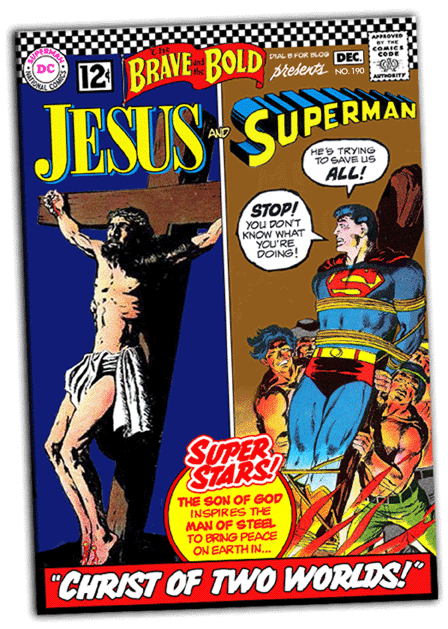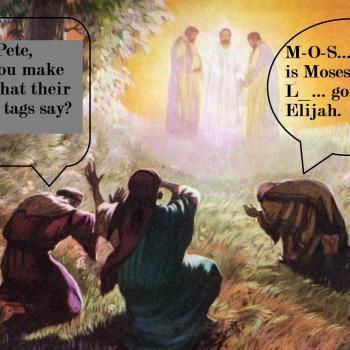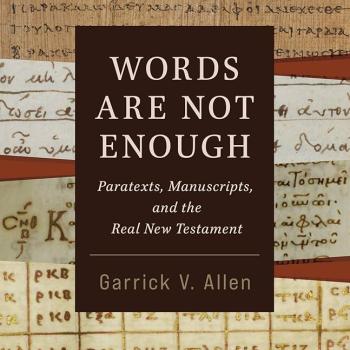First, here’s the list, which is originally based on the book The Hero: A Study in Tradition, Myth, and Drama by Lord Raglan:

- He is born of a virgin mother.
- His father is a King.
- The father has a unique relationship with the mother.
- The circumstances of the child’s conception are unusual, often humble.
- He is reputed to be the son of a god.
- There is an attempt to kill the child/god shortly after birth.
- He is spirited away, escaping a premature death.
- The child is raised by foster parents in a far country.
- We are told virtually nothing of his childhood years.
- On reaching manhood, usually at age 30, he commences his mission in life.
- He successfully overcomes the most severe trials and tests.
- He marries a princess.
- He is acknowledged as a king.
- He rules.
- He prescribes laws.
- He loses favour with the Gods or his subjects.
- He is forcibly driven from authority.
- He meets with a violent death.
- His death occurs on the top of a hill.
- His children, if any, do not succeed him.
- His body is not buried conventionally.
- He has one or more holy resting places.
Next, let’s note how many of these fit Jesus as he is depicted in our earliest sources, the letters of Paul, and in the earliest of the Gospels, the Gospel of Mark:
 #2 (half a point for having an ancestor, David, but not a father, who was king), #5 (son of God appears regularly, although the sense in which it is used deserves discussion), #9 (although this is I think of debatable usefulness for determining historicity, since the tendency, if anything, is to increasingly fill in such gaps with legendary and mythical stories of the person’s childhood), #11, #16-21. That would give us at most 9.5 out of a possible 22 points. Obviously a much greater number are applicable when one considers later sources.
#2 (half a point for having an ancestor, David, but not a father, who was king), #5 (son of God appears regularly, although the sense in which it is used deserves discussion), #9 (although this is I think of debatable usefulness for determining historicity, since the tendency, if anything, is to increasingly fill in such gaps with legendary and mythical stories of the person’s childhood), #11, #16-21. That would give us at most 9.5 out of a possible 22 points. Obviously a much greater number are applicable when one considers later sources.
Raglan’s book recognizes that these mythical elements are not only associated with non-historical figures, but attach themselves to historical ones as well. Indeed, Raglan suggests that the difference between the purely mythical figure and the one with some historical root may be that the latter will have some connections to concrete historical events and data, and the myths will begin to accumulate to their historical biography around 50 years after their death (which is quite close to the standard dating for the Gospels which begin to add birth stories and other distinctive details from Raglan’s list; see further p.214).
At any rate, since mythicists regularly appeal to similarities between Jesus and other figures in a manner that fails to either note the accretion of mythical elements over time, or the fact that mythical accretions to historical figures are a regular feature of stories told down the ages, or many other considerations relevant to the matter of a historical Jesus, I thought it might be worth commenting on Ricky’s post and the broader topic that it touches on.
The trajectory in the development of stories about Jesus certainly runs in the direction of increasing numbers of mythical elements, while one popular mythicist standpoint suggests that the opposite was the case, that a purely celestial figure was subsequently historicized.












